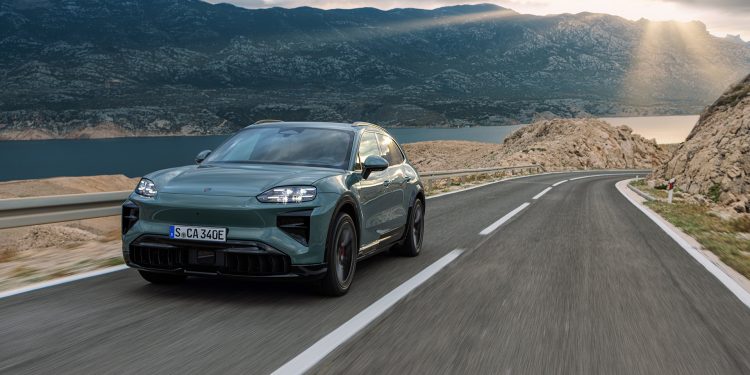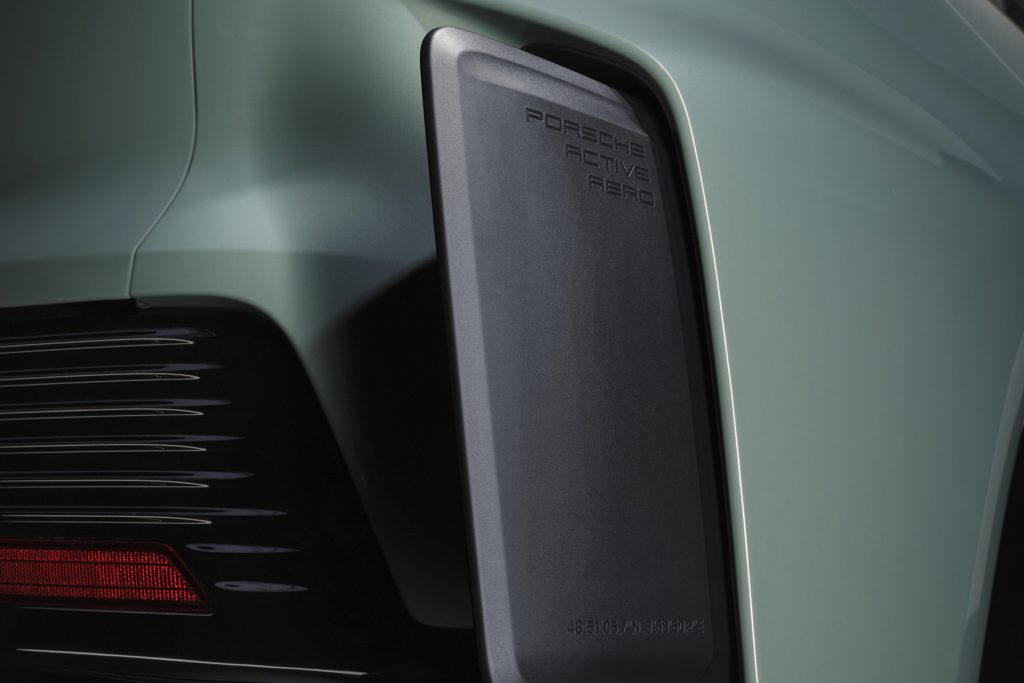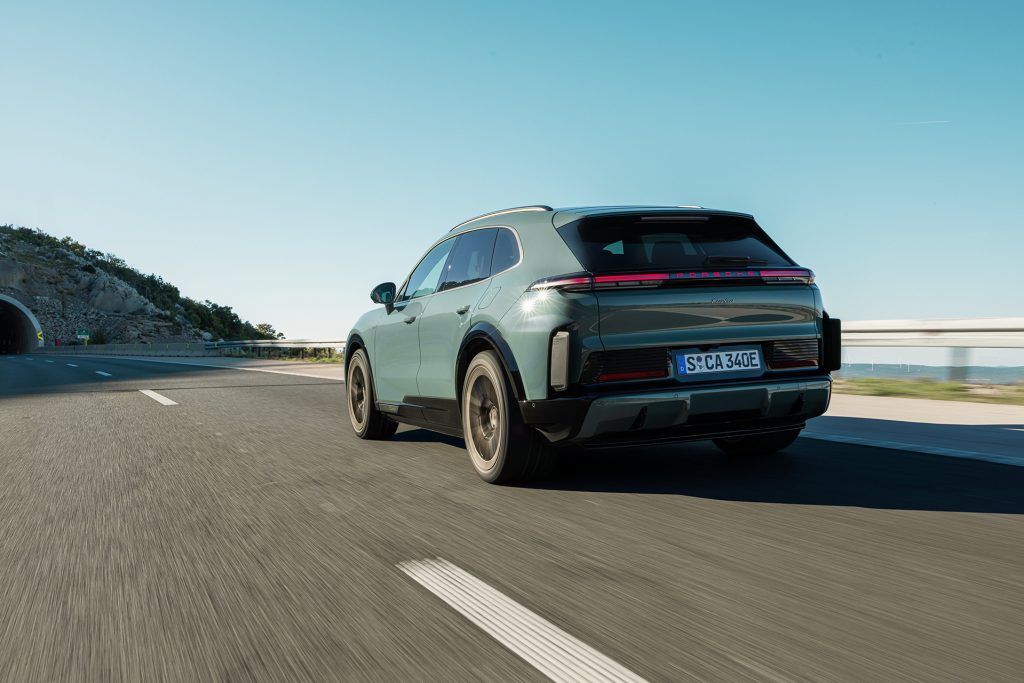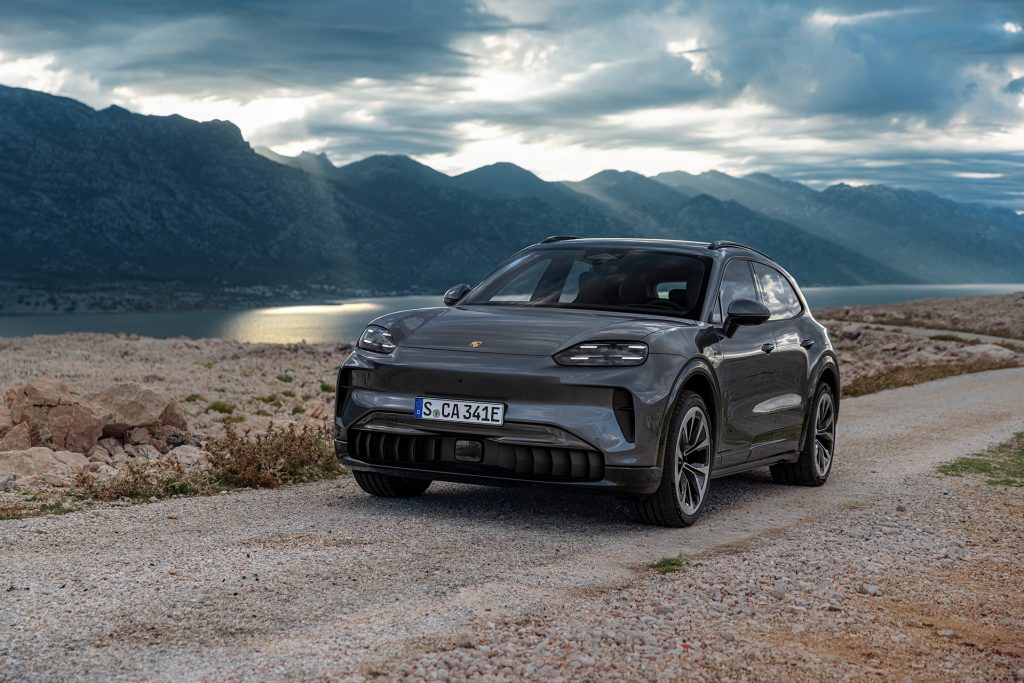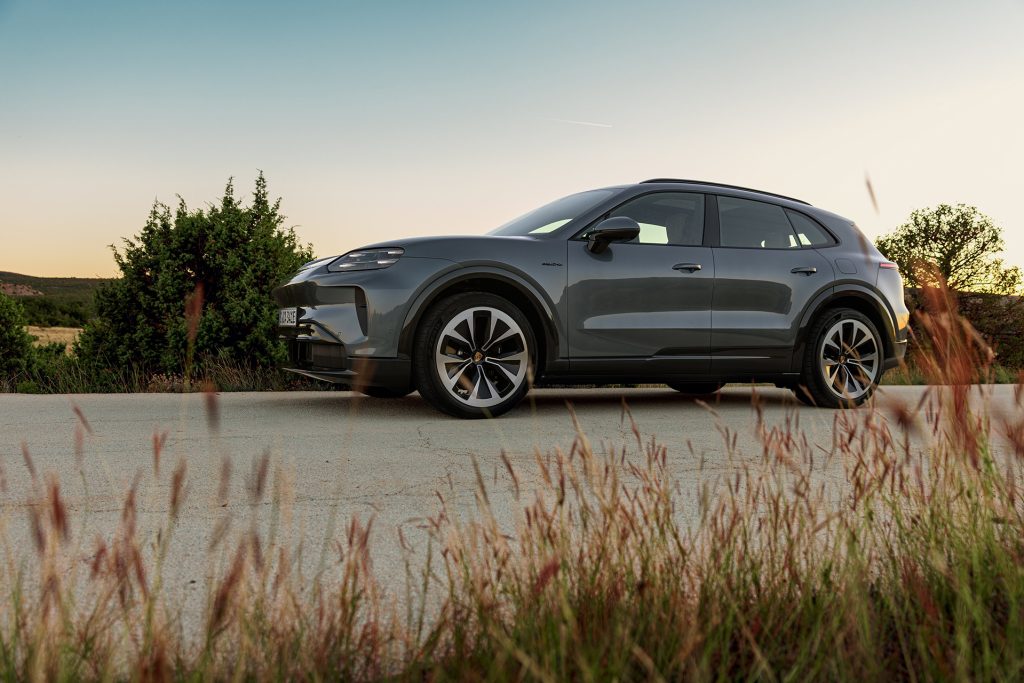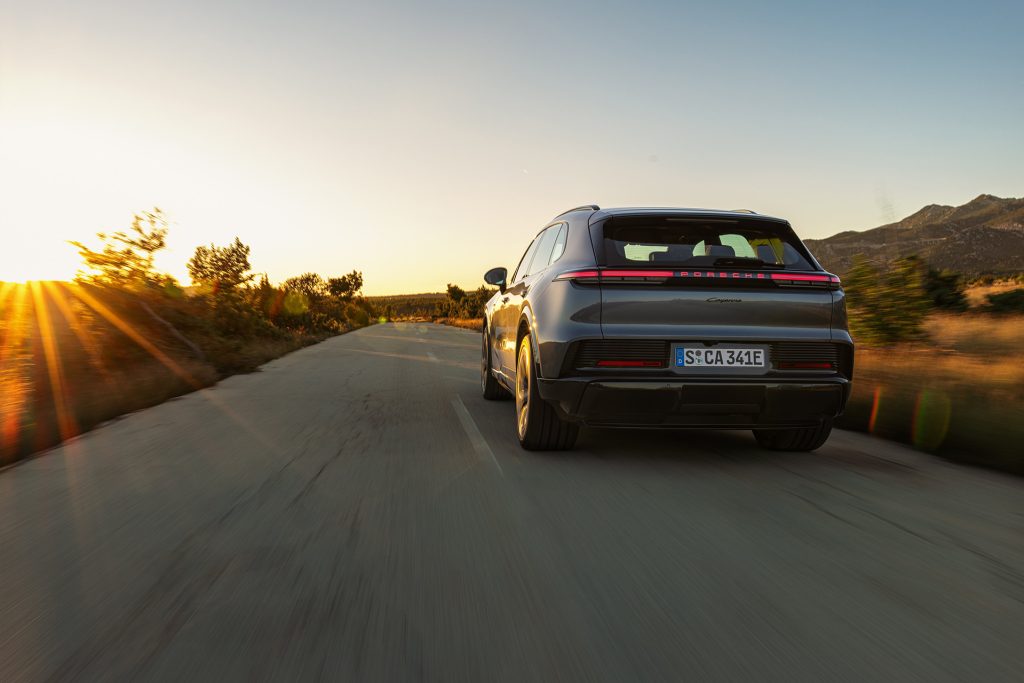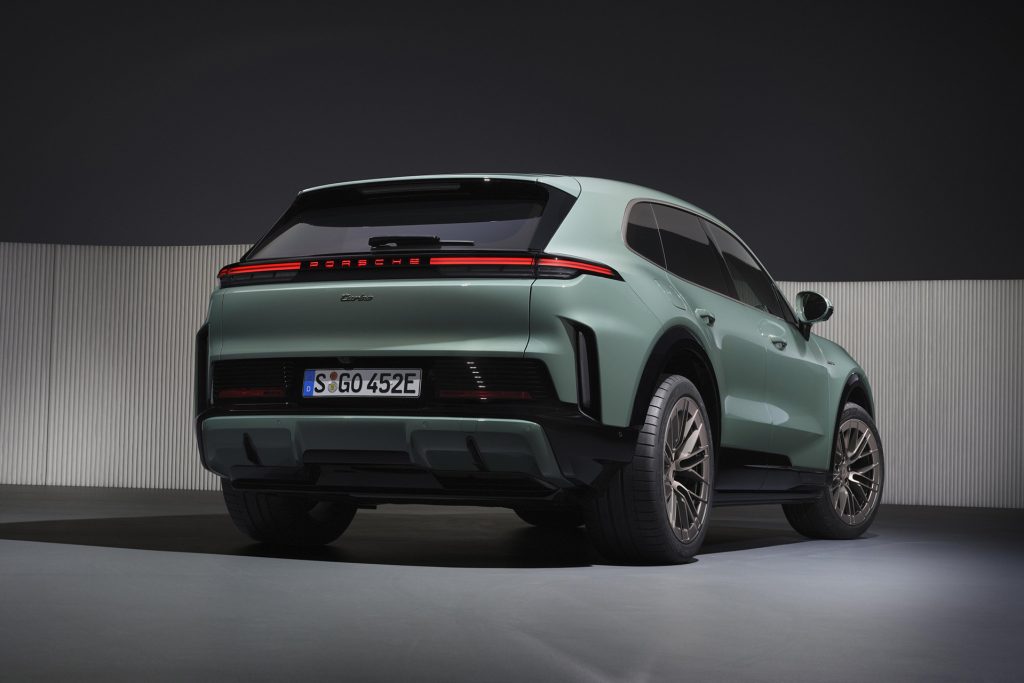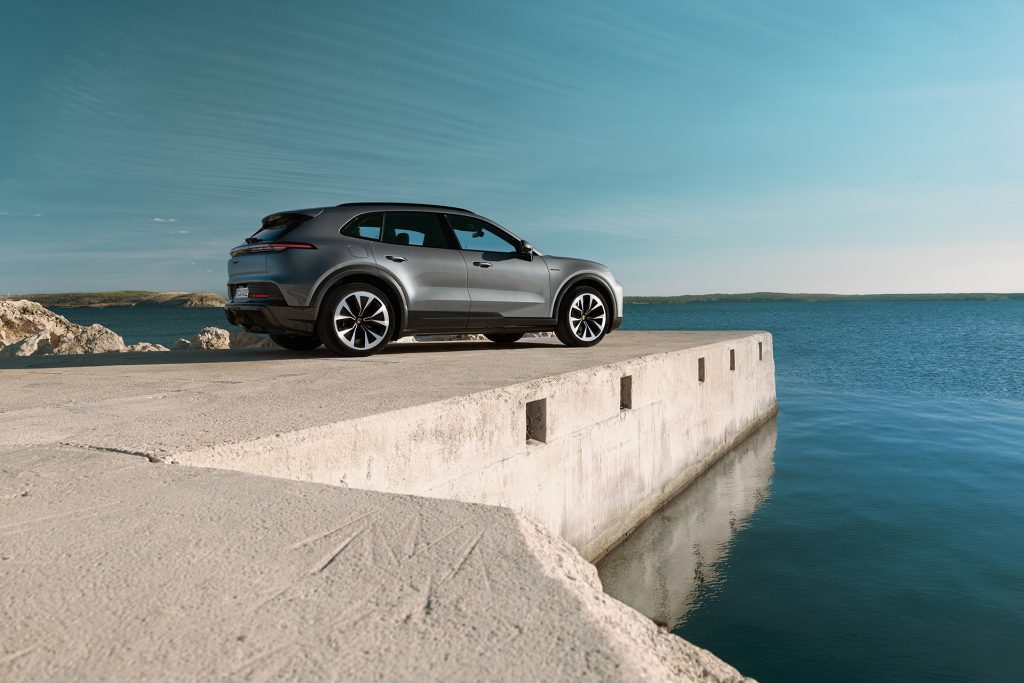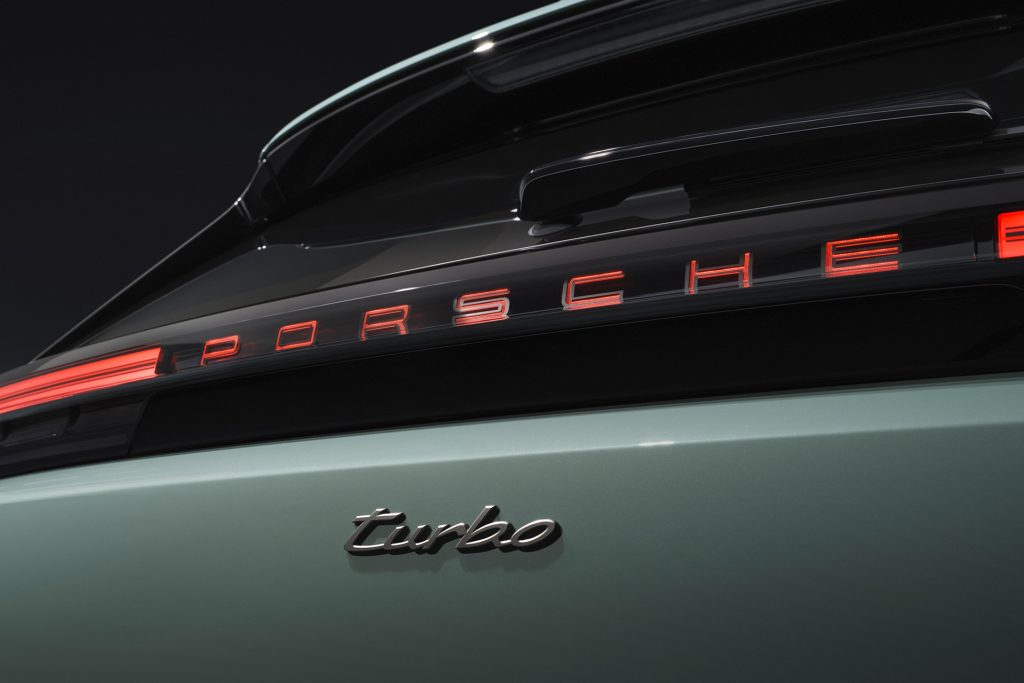Electric Porsche Cayenne arrives with 850kW and 1500Nm
Porsche has officially pulled the covers off the first fully electric Cayenne, marking a major new chapter for the brand’s best-selling model. More than 20 years after the original Cayenne arrived, the new Cayenne Electric debuts with eyebrow-raising numbers: up to 850kW, 0–100km/h in 2.5 seconds, 400kW DC charging, and up to 642km of range.
It’s officially the most powerful production Porsche ever built, yet also billed as more versatile than any Cayenne to date, combining sports-car dynamics, long-distance comfort and genuine off-road capability. The newcomer will sit alongside the exsisting combustion-engined and hybrid versions in Porsche’s New Zealand range, forming what Porsche calls a “completely flexible choice of powertrains”. Local arrivals begin in Q3 2026, with pricing for the Cayenne Electric from $215,000, and the Cayenne Turbo Electric from $295,000.

Two models at launch, both with AWD and huge outputs
At launch, Porsche will offer the Cayenne Electric and the higher-performance Cayenne Turbo Electric, both equipped with all-wheel drive via electronic Porsche Traction Management (ePTM). The figures for the Turbo are headline-grabbing. With Launch Control active, the drive system generates up to 850kW (1156PS) and 1500Nm. That sends the SUV to 100km/h in 2.5 seconds, hits 200km/h in 7.4 seconds, and stops pulling at 260km/h.
Porsche says the Turbo uses motorsport-derived direct oil cooling for the rear electric motor, helping sustain high continuous load and efficiency. In normal driving, the Turbo runs at 630kW, with an additional 130kW available for 10 seconds via a Push-to-Pass function. The standard Cayenne Electric still packs serious punch, delivering 300kW in regular driving or 325kW with Launch Control, along with 835Nm. It hits 100km/h in 4.8 seconds and tops out at 230km/h.
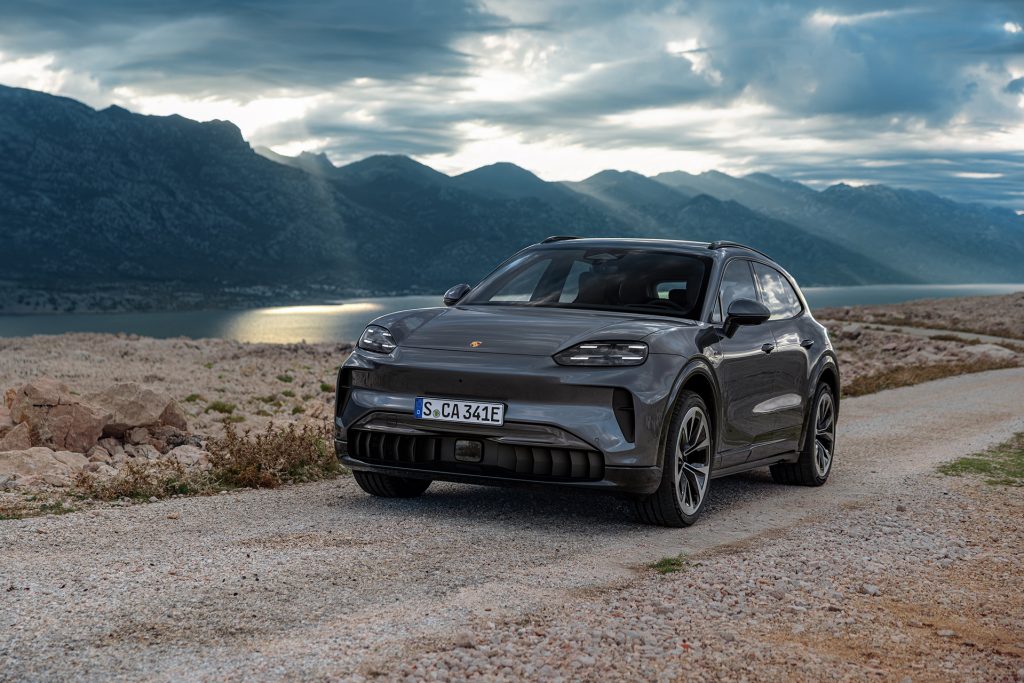
Formula E-grade recuperation and a new chassis toolkit
Porsche says the Cayenne Electric can recover up to 600kW under braking—approaching Formula E race car levels. In everyday driving, the motors handle around 97 per cent of braking events, with the mechanical brakes rarely needed. The Turbo can be optioned with Porsche Ceramic Composite Brakes for heavier use or repeated high-speed stops.
The chassis draws on Porsche’s latest electric platform learnings. Both models feature adaptive air suspension with PASM, with the Turbo adding Torque Vectoring Plus. Rear-axle steering (up to five degrees) is optional.
A first for Cayenne is Porsche Active Ride, the brand’s newest active suspension system, capable of virtually eliminating body roll, pitch and squat. Porsche claims it brings new levels of stability and comfort to the heavy, high-powered SUV.
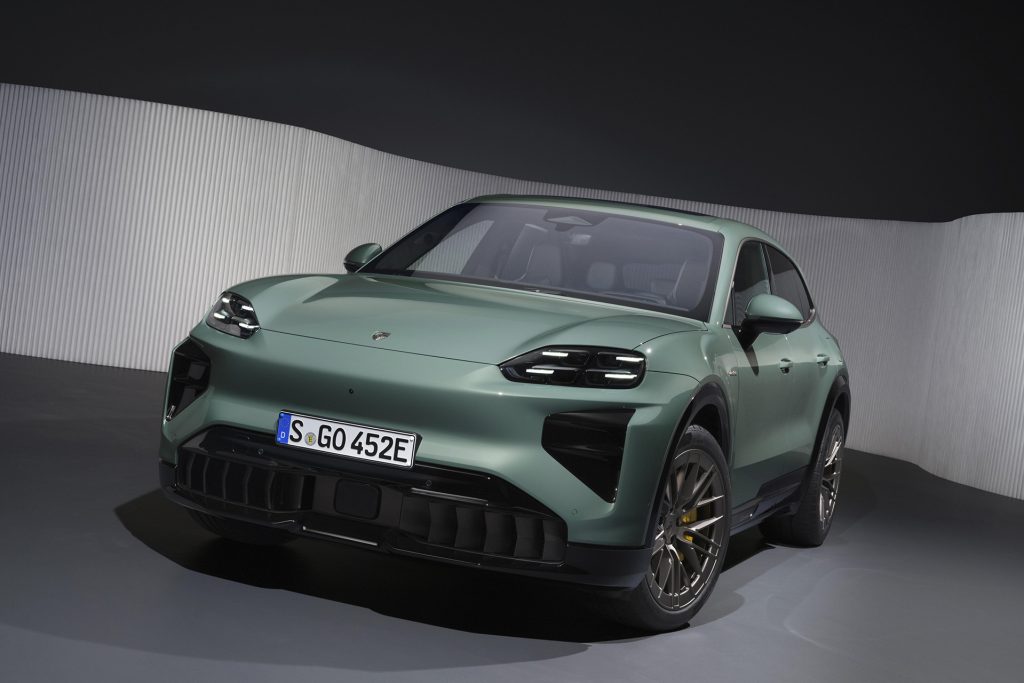
Big battery, 400kW charging and up to 642km range
At the heart of the new model is a 113kWh high-voltage battery with double-sided cooling. The result is a WLTP range of up to 642km for the Cayenne Electric and up to 623km for the Turbo.
Thanks to an 800-volt architecture, the SUV can charge at up to 390kW, and in certain conditions, as high as 400kW. Porsche claims a 10–80 per cent charge in under 16 minutes, or roughly 315–325km of range added in 10 minutes. Porsche says it focused heavily on maintaining high charge speeds even under repeated use, something especially relevant for NZ drivers tackling long trips or towing.
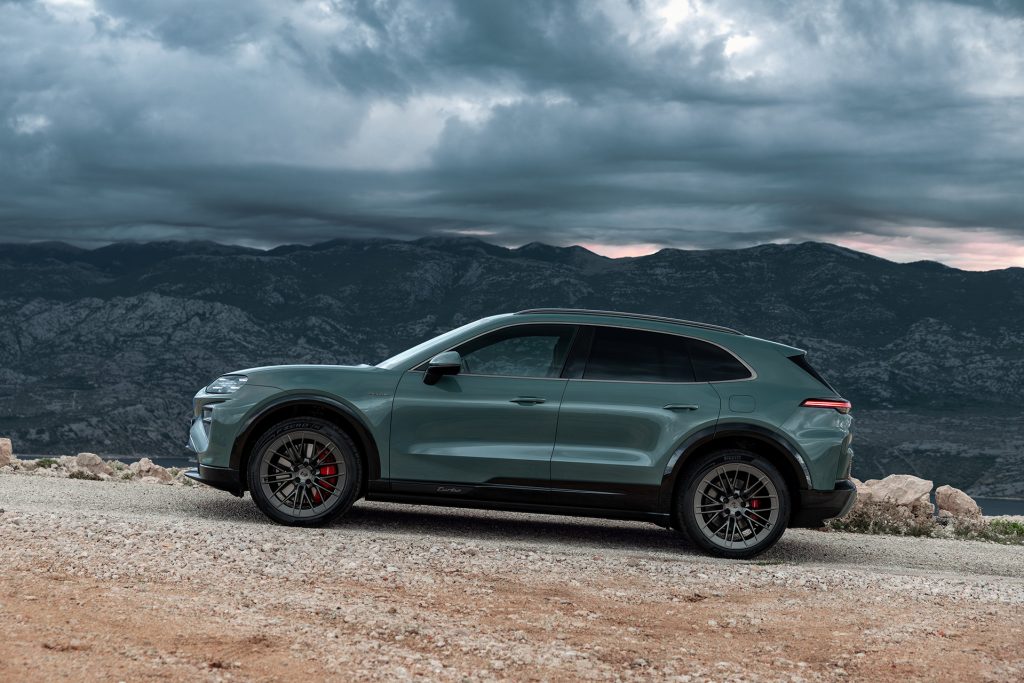
Design: aerodynamic tweaks and off-road option
Visually, the Cayenne Electric has a low bonnet line and new slim Matrix LED headlights give the SUV a wider, sharper stance, while frameless doors and sculpted side panels modernise the profile. The “flyline”, Cayenne’s signature sloping roof, remains intact.
Aerodynamics play a major role. Active cooling flaps up front, an adaptive roof spoiler, and new active aeroblades at the rear of the Turbo help reduce drag and boost range. Porsche notes these elements extend the lateral tear-off edges to improve airflow, especially at speed. An almost fully enclosed underbody and aero-optimised wheels also contribute to efficiency. For Kiwi buyers heading off-the-beaten track, there’s a new Off-Road package with revised front-end geometry for better approach angles and clearance.
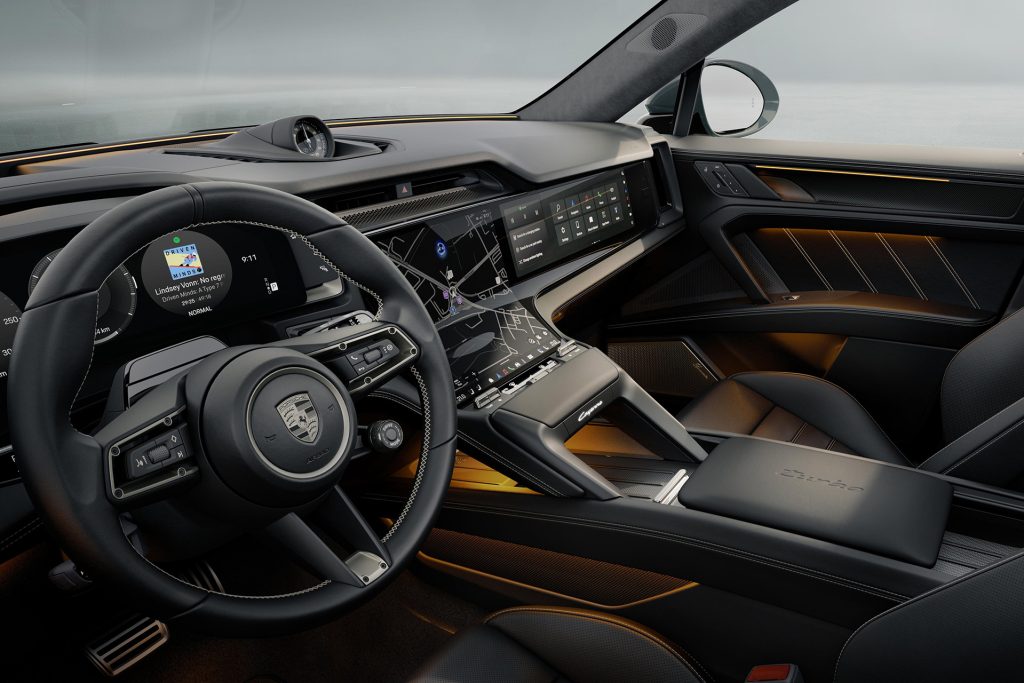
More space, more comfort, more practicality
Electric packaging has allowed Porsche to increase the Cayenne Electric’s wheelbase by nearly 130mm (to 3023mm), giving far more rear legroom than the petrol model. The SUV is now 55mm longer overall, measuring 4985mm long, 1980mm wide and 1674mm high.
Rear passengers can enjoy an electrically adjustable seat system as standard, offering both comfort-focused and cargo-focused configurations. Boot volume ranges from 781 litres to 1588 litres, plus a 90-litre frunk. Towing capacity reaches 3.5 tonnes, depending on specification, an important figure for New Zealand’s strong recreational towing market.
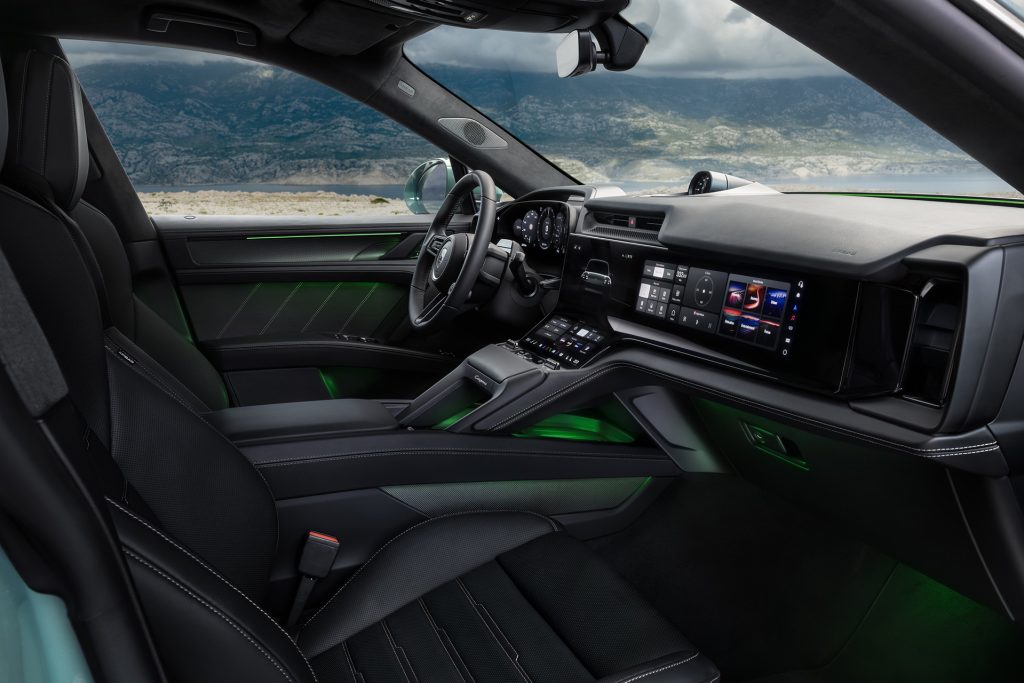
New digital cockpit with the largest display area in any Porsche
Inside, the Cayenne Electric moves Porsche’s interface forward with what it calls the Porsche Driver Experience. The key feature is the new Flow Display, a curved OLED panel that arcs into the centre console and separates control and display areas.
It’s joined by:
– a 14.25-inch digital instrument cluster
– an optional 14.9-inch passenger display
– a new AR-enabled head-up display projecting an 87-inch-equivalent virtual image ahead of the vehicle.
Despite the digital push, Porsche retains physical buttons for essentials like temperature and volume, paired with a redesigned hand rest to make the controls more stable to operate during enthusiastic driving.
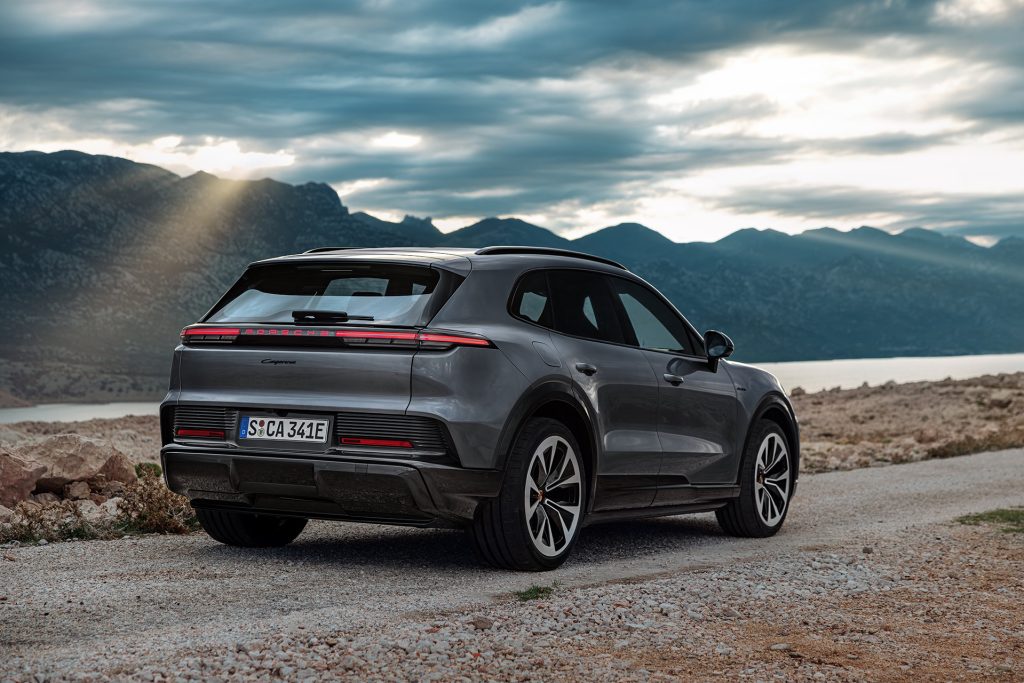
Porsche’s dual-powertrain future
Porsche confirms the electric Cayenne will sit alongside combustion and hybrid models “well into the next decade”. As Matthias Becker, Member of the Board of Management, Sales and Marketing, notes: “Inspiring customers is our top priority at Porsche. With the electrification of the Cayenne, we are reaching a new level of performance that sets standards for the future. At the same time, we will continue to develop the Cayenne with efficient combustion and hybrid drive systems well into the next decade.”
That strategy will apply across the entire lineup, ensuring Porsche offerings remain flexible for global markets, including NZ.
The Porsche Cayenne Electric and Cayenne Turbo Electric are available to order now, with New Zealand deliveries scheduled from early Q3 2026.


